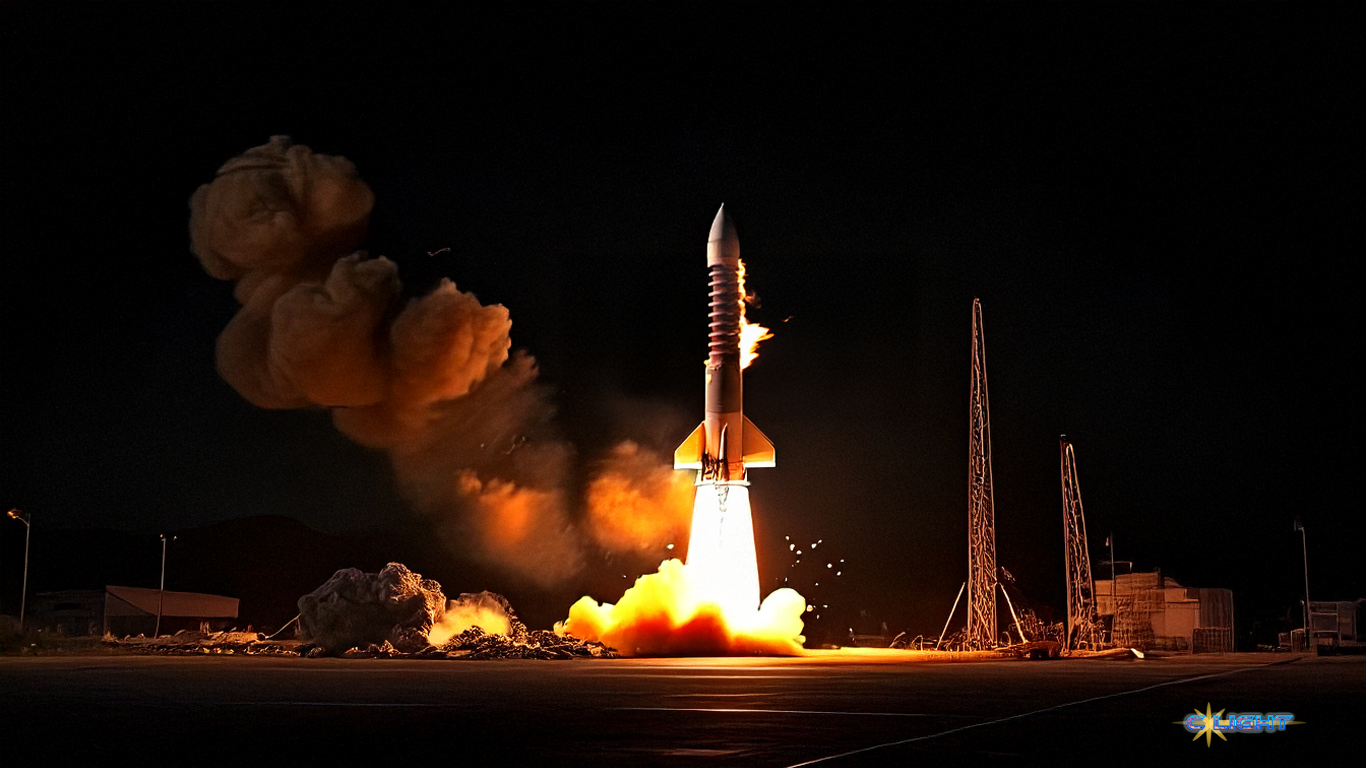Adventures into space are full of the debris of failure. When NASA was still young and shooting for the moon, there were three complete failures (MA-1, MA-3, and MR-1) and one partial failure (Big Joe) before the first successful launch of the Mercury rocket. They’ve had plenty of other challenges and calamities along the way, some of which cost the lives of astronauts. Trying to escape Earth at all is a task that only the world’s best engineers and scientists understand. This isn’t a playground for amateurs.
SpaceX’s Starship spacecraft exploded nine and a half minutes after takeoff late Thursday, scattering debris over the Atlantic Ocean and requiring the temporary grounding of all flights at Miami, Fort Lauderdale, Palm Beach, and Orlando airports for several minutes. This marks the second catastrophic failure of the rocket in as many months. A third rocket is already in testing with plans to launch in April.
Why is this a big deal? Because shit happens and space flight isn’t the ground for amateurs.
Earlier on Thursday, the world watched as Intuitive Machines put a lunar lander within 100 miles of the moon’s South pole. While that mission is generally considered a success, it did not come without issues as the lander tipped onto its side after setting down.
One of the primary differences between Intuitive Machines and SpaceX is that Intuitive Machines CEO, Steve Altemus, is an engineer who knows and understands the science of spaceflight. By contrast, SpaceX’s CEO is the Muskrat, who only plays a smart person on TV with cue cards just off camera. When Intuitive Machines lost its first lunar lander, it tested, re-tested, and tested again for over a year before making a second attempt. SpaceX charges forward with a nearly identical rocket with a high probability of results similar to the last two.
Why does this matter? SpaceX has replaced NASA as the go-to builder of spacecraft for major astronaut-carrying missions. NASA has already scheduled a SpaceX rocket to take people to the moon before the end of the decade. Both Muskrat and Felonious Punk are touting the Starship rocket as the one to take the US to Mars. Obviously, we have a long way to go.
Spaceflight is difficult because it demands overcoming fundamental physical limitations, developing incredibly advanced and reliable technology, and supporting human life in an environment fundamentally hostile to it. It requires pushing the boundaries of science and engineering across multiple disciplines. Space is not friendly. Space will happily kill anyone for any number of reasons. We must know what we’re doing before sending human lives hurtling into the darkness.
Space is a near-perfect vacuum, meaning there is virtually no air pressure. This creates challenges for:
- Outgassing: Materials can release trapped gases in a vacuum, potentially contaminating sensitive equipment or altering material properties.
- Heat Transfer: Heat cannot be transferred through conduction or convection in a vacuum. Spacecraft rely on radiation for heat dissipation, which is less efficient and requires careful thermal management systems.
Without atmospheric filtering, spacecraft are exposed to extreme temperature variations. Direct sunlight can cause temperatures to soar, while shade can plunge temperatures to hundreds of degrees below zero. Spacecraft need sophisticated thermal control systems to maintain a stable internal temperature for equipment and astronauts. Radiation can damage electronics, degrade materials, and pose serious health risks to astronauts, requiring shielding and radiation-resistant components. Spacecraft are constantly bombarded by micrometeoroids (tiny dust-like particles) and larger pieces of space debris (fragments of old satellites and rockets). Even small impacts at orbital speeds can cause significant damage, necessitating shielding, and careful orbital maneuvering.
And no, what works for one type of rocket doesn’t necessarily work for the next one. It is almost impossible to explain the intricacies of spacecraft engineering without one having a massive background in physics and engineering. Spacecraft are among the most complex machines ever built. They require integrating numerous advanced technologies in propulsion, life support, communication, navigation, robotics, and more. Failure in space can be catastrophic and often impossible to repair (just ask the guys who were on Apollo 13, and yes, that really happened). Every component must be designed and tested to operate flawlessly in the harsh space environment for extended periods. Redundancy and backup systems are crucial, adding to complexity. For a Mars mission, that flawlessness has to last for at least four years!
Unfortunately, space has become a sort of playground for billionaires with nothing better to do. Jeff Bezos’ Blue Origin announced last week that it is sending former TV correspondent Lauren Sanchez, also the fiancee of Bezos, TV host Gayle King along with pop singer Katy Perry on a suborbital flight later this spring. This will be Blue Origin’s 11th manned flight carrying people who have no clue what the fuck they’re doing. Fortunately, since the short flight is suborbital, the risks are somewhat less, but if something does go wrong during the flight, there’s no one in the capsule with knowledge of how to fix anything.
Who thought this was a good idea? Certainly not the scientists and engineers.
Space research is wonderful and may well hold the answers to solving any number of Earth’s problems. We are fools, however, if we waste these opportunities on billionaires without brains. For the foreseeable future, space needs to remain the domain of scientists and engineers who have all the training to make these missions work. This isn’t a game. We’re not in a movie. We’re putting real lives at stake.
Let’s reconsider what we’re doing before someone else gets hurt.
Discover more from Clight Morning Analysis
Subscribe to get the latest posts sent to your email.













